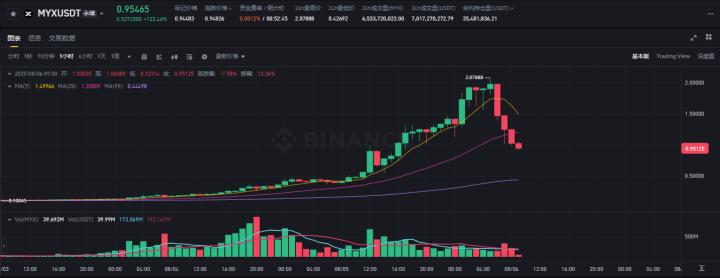Liquidity staking could increase system risks in the cryptocurrency market, similar to the Lehman Brothers collapse if not strictly controlled.
This is the view of Amanda Fischer, former chief of staff to SEC Chairman Gary Gensler, who warns about system risks from "double-collateralization" in liquidity staking. However, this perspective has received many objections from the cryptocurrency community and blockchain legal experts.
- Amanda Fischer warns that liquidity staking could cause cryptocurrency market collapse similar to Lehman Brothers.
- SEC is believed to support "double-collateralization" through synthetic Token creation, increasing risks.
- Expert community and cryptocurrency industry strongly refute Fischer's view.
What is liquidity staking and why is it concerning?
Liquidity staking creates synthetic Tokens representing staked assets that can be reused, thereby increasing liquidity. However, Amanda Fischer argues that this mechanism creates system risks similar to "double-collateralization" – when assets are mortgaged multiple times, increasing the risk of collapse.
Fischer warns that this could face a crisis similar to Lehman Brothers in traditional finance, where complex financial products lack control. Creating multi-layered synthetic assets breaks transparency principles, making it difficult to control potential risks in the cryptocurrency market.
Why is Amanda Fischer's perspective controversial in the cryptocurrency industry?
Fischer's perspective is refuted by many experts, developers, and cryptocurrency organizations. They argue that this view imposes an outdated perspective and does not accurately reflect the actual operating mechanism of liquidity staking.
Blockchain lawyer Kurt Watkins believes Fischer exaggerates the issue and the SEC only focuses on monitoring specific high-risk liquidity staking forms. Some experts even suggest that Fischer lacks deep understanding or intentionally misleads the public.
"Many operators still approach cryptocurrency through an old lens, not fully understanding power control mechanisms in blockchain. This makes policies prone to misapplication, affecting industry development."
Austin Campbell, cryptocurrency regulation expert
What is the SEC's attitude towards liquidity staking?
The SEC is considered to have a cautious view of liquidity staking, especially forms creating synthetic Tokens that increase system risks. Fischer suggests that the SEC tacitly supports "double-collateralization", but this view is not widely acknowledged by experts.
In reality, the SEC mainly focuses on transparency, legal risks, and investor protection in complex staking products. Policies always concentrate on controlling activities that create propagating risks in the cryptocurrency ecosystem.
"The SEC has been working to balance technological innovation and investor protection, focusing on handling truly risky cases instead of completely banning staking mechanisms."
SEC Policy Report Analysis, 2023
How do Amanda Fischer and her organization influence this perspective?
Amanda Fischer previously worked as chief of staff for SEC Chairman Gary Gensler and currently works at Better Markets – a policy advocacy group that has opposed the issuance of Bitcoin spot ETF in the United States.
Fischer's warning about liquidity staking reflects a cautious and somewhat conservative approach to financial policy. However, this also increases controversy as many experts believe she lacks consensus with the cryptocurrency industry's reality.
Frequently Asked Questions
Is liquidity staking the primary cause of risks in the cryptocurrency market?
Liquidity staking has potential risks if poorly controlled, but it is not the sole cause. Appropriate management helps limit system risks.
Does the SEC actually support "double-collateralization" in staking?
This view is refuted by many experts. The SEC focuses on monitoring real risks, which does not mean encouraging all staking forms.
Is Amanda Fischer an authoritative expert in cryptocurrency?
She has experience working at the SEC, but her perspective on staking is controversial and not consensual in the cryptocurrency community.
How to minimize risks from liquidity staking?
Transparency about assets, strict control of synthetic Token issuance mechanisms, and enhanced legal supervision are necessary.
What distinguishes safe staking from potentially risky staking?
The important factors are transparency, Token management mechanisms, and the level of financial risk control in the staking platform.








